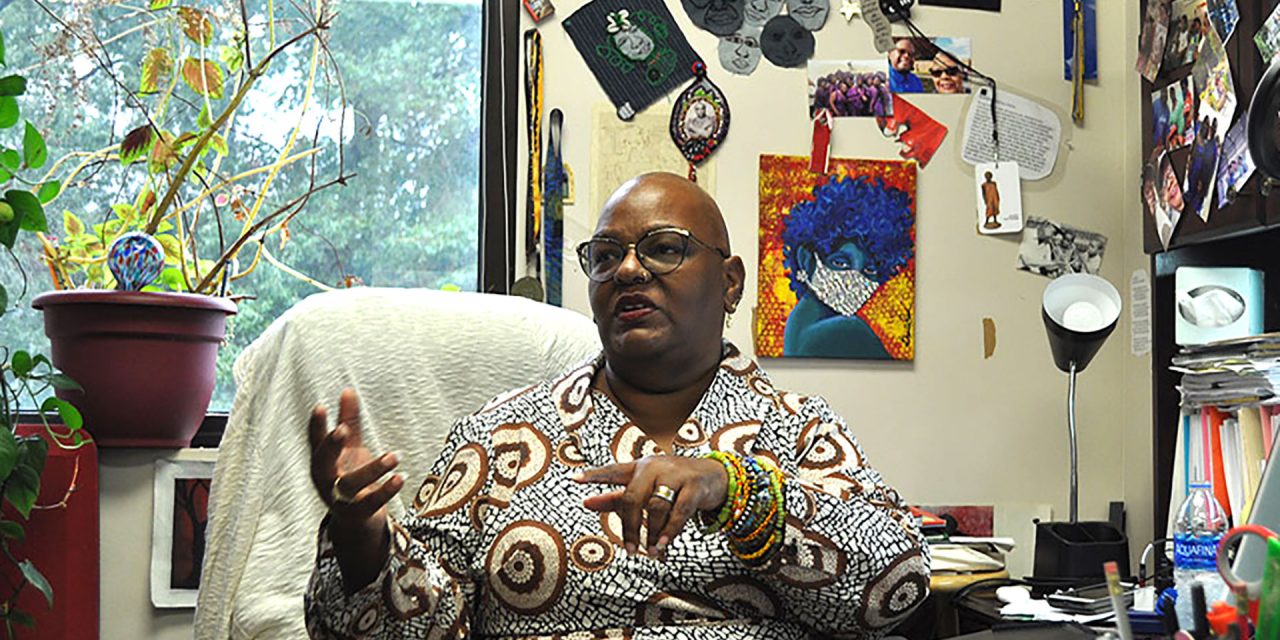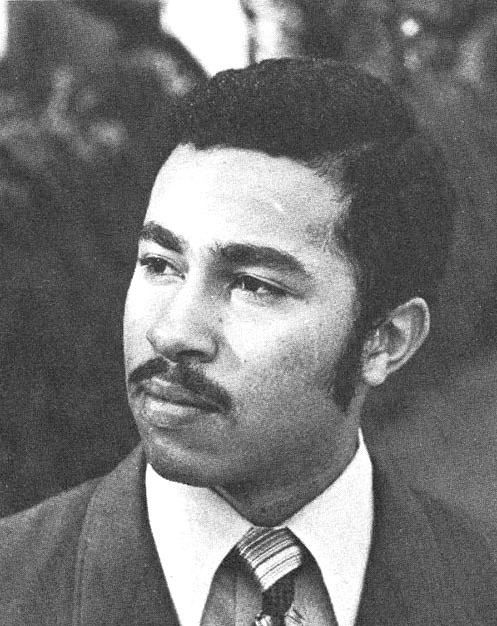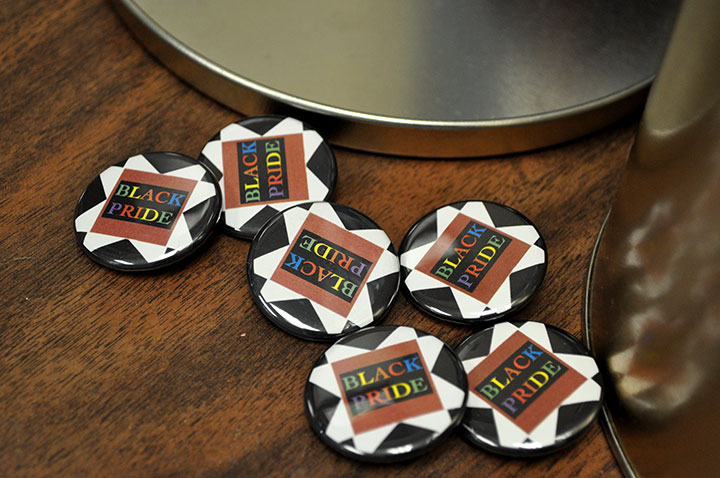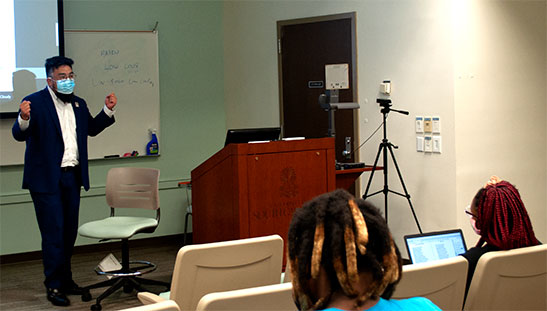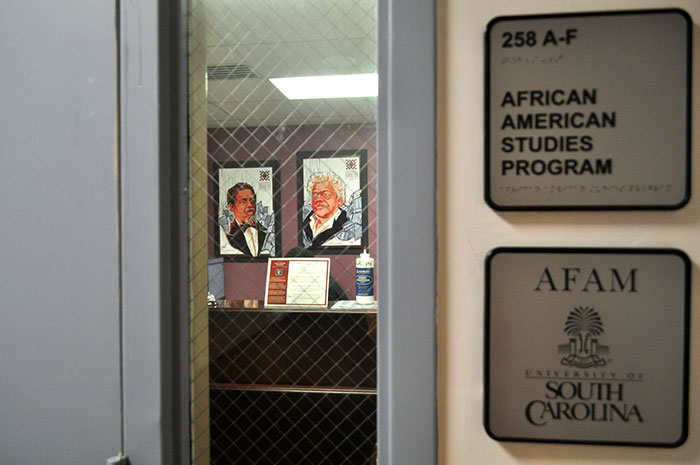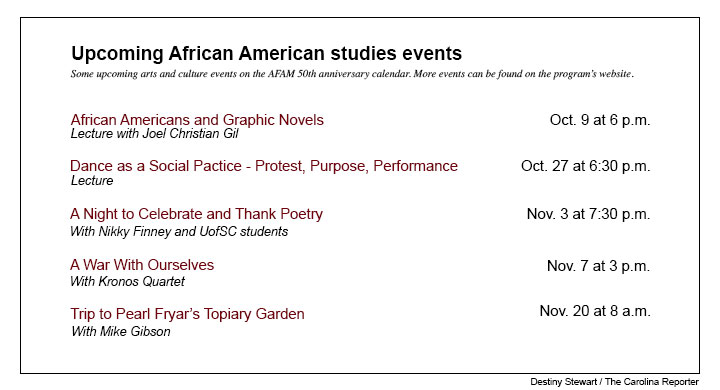Nancy Tolson, the assistant director of UofSC’s African American studies program, says the program brings a new perspective to the table and concerns everybody regardless of race. Photos by Destiny Stewart
Dixie played through overhead loudspeakers while the Confederate flag waved, and the all-white South Carolina Gamecocks varsity team stormed the football field. In 1969, this was Saturday in South Carolina.
Black students were few and far between, according to Luther Battiste, a class of 1971 alumnus. That’s what inspired him, along with professor Bruce Marshall and classmate Harry Wright, to set the framework for the University of South Carolina’s African American studies program. Inspired after taking USC’s first Black history class, Battiste and others believed it was necessary to take a step further.
“[USC] was a bastion of probably white privilege and supremacy when I first got there, and we tried to change that. They made no effort to make Black students feel comfortable,” Battiste said.
The program officially launched just after Battiste graduated: This year marks AFAM’s 50th anniversary. Although campus demographics have shifted significantly since the days of its founding — there are now more than 2,500 Black undergraduate students on USC’s campus compared to about 500 in 1971 — the program’s mission to educate on what it means to be Black in America has not changed.
To celebrate the decades of work leading up to today and the future that lies ahead, the program is hosting “AFAM 50,” a yearlong event series. A variety of lectures and conversations will discuss the experiences of Black people across the diaspora, which is the population of those who identify as Black around the world.
AFAM serves as the bridge between the community and the university, so each event was planned with accessibility in mind, according to Assistant Director of African American Studies Nancy Tolson. Speakers won’t be using “5,000 syllable words” or talking over people’s heads.
But just as the program is much more than history and literature, AFAM 50 goes beyond speakers to encompass a broader picture of what AFAM studies — and African American culture as a whole — is all about. Performance art showcases, film screenings and a trip to South Carolina’s historical topiary garden are also on the agenda.
“We’re representing it this way in our celebration. It’s not just, ‘oh, what’s the soup of the day? Oh, it’s tomato again?’” Tolson said. “We want to get a flavor to the whole thing.”
Tolson said people outside of the program should come join in the celebration, too, because AFAM is relevant to all Carolinians.
“By broadening those [academic] areas, we can incorporate Black culture into just, like, South Carolina history,” said Reylan Cook, a fourth-year public health student with a minor in African American studies. “That gives you so many different opportunities to teach people about things that they’ve never heard before through the correct lens.”
AFAM faces a common misconception that Black studies is politically driven or only accessible to students of color, according to Tolson. But with the AFAM 50 celebration, there are hopes of extending an invitation to anyone who is interested in learning more about the complexities of the culture.
“The Black experience is the American experience. And this is the most important part,” Tolson said, “because this is the part that’s not in your history books.”
While on campus from 1967 through 1971, UofSC alumnus Luther Battiste helped charter the university’s first Black fraternity, Kappa Alpha Psi Fraternity, Inc., and was campaign manager to the first Black student government president, Harry Walker.
A pile of buttons sit on a desk in the AFAM studies office. The program encourages students to feel empowered through intellectual exploration and artistic curiosity.
Professor Seulghee Lee lectures his class on the Black arts movement. Lee, an English professor, teaches several AFAM courses a year, such as AfroAsian connections or Black feminist theory.
The African American studies program is based out of a small office space in Gambrell Hall on UofSC’s campus. Tolson said the program’s goal is to one day become a full department so AFAM can expand into its own building.
ABOUT THE JOURNALISTS
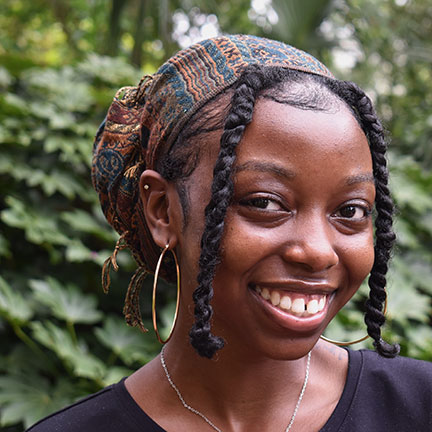
Destiny Stewart
Destiny Stewart is a senior multimedia journalism student from Rock Hill, South Carolina. At an early age, she recognized her love for storytelling. She is interested in covering the arts, fashion, and culture, and she strives to bring awareness of the intersections between the fields. She has previously served as a fashion journalist intern at Prime & Prim Studio of the Arts, and has held various public relations and marketing positions. After graduation, she hopes to produce content for cultural or lifestyle publications.
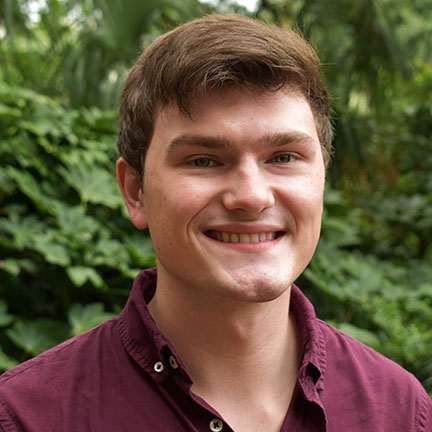
Nick Sullivan
Nick Sullivan is a senior multimedia journalist and former managing editor of his college paper, The Daily Gamecock. Originally from Cincinnati, Ohio, his favorite part of the job is fostering connections among readers. When the pandemic sent him home, he created his own local newspaper, The Strange Times, in order to bring stories of positivity and perseverance to his community. He has also worked as an editorial intern at Cincinnati CityBeat and a projects intern at The State.

